Placenta Previa
Placenta previa refers to placental tissue that covers any portion of the internal cervical os A placenta is termed low lying when the placental edge does not cover the internal os but is within 2 cm of it Incidence of placenta previa is 1/250 deliveries.

Placenta previa. Placenta praevia refers to an abnormally low lying placenta such that it lies close to, or covers the internal cervical osIt is a common cause of antepartum haemorrhage Placenta praevia is a potentially lifethreatening condition for both mother and infant As such, antenatal diagnosis is essential to adequately prepare for childbirth. The placenta is an organ that develops inside the uterus during pregnancy It provides oxygen and nutrients to the developing fetus Placenta previa involves the placenta either partly or. Placenta previa is a pregnancy complication in which the placenta (the organ that grows in the uterus to provide oxygen and nutrients to the baby) attaches low within the uterus, covering all or part of the cervix.
Placenta previa is diagnosed through ultrasound, either during a routine prenatal appointment or after an episode of vaginal bleeding Most cases of placenta previa are diagnosed during a second trimester ultrasound exam. What Is Placenta Previa?. In the setting of a placenta previa and one or more previous cesarean deliveries, the risk of placenta accreta spectrum is dramatically increased For women with placenta previa, the risk of placenta accreta is 3%, 11%, 40%, 61%, and 67%, for the first, second, third, fourth, and fifth or more cesarean, respectively 13.
Placenta Previa is a condition where the placenta attaches low in the uterus and partially or completely covers the cervix This can cause the placenta to separate from the uterine wall as the cervix begins to dilate, causing severe bleeding during pregnancy and delivery. Placenta previa is a risk factor for placenta accreta, which is when the placenta attaches too firmly to the uterine wall This can cause lifethreatening bleeding in the third trimester and delivery, which is why your doctor will almost always recommend a scheduled Csection before your due date. Placenta Previa Type 3 This is a relatively severe condition of placenta previa In this case, the placenta covers a wider portion of the cervix opening This, as a result, creates discomfort for the mother and the baby both It is a considerably major stage of the placenta previa and often results in Csection delivery It is a worrying stage.
Placenta previa (PP) is defined as the placenta overlying the cervical os It can be complete, partial, marginal, or low lying Partial, marginal, and lowlying PP may resolve as pregnancy progresses In women with a scarred uterus (most commonly from a prior cesarean section), PP may be associated with an abnormally adherent placenta, where. In placenta previa, the placenta starts forming very low in the uterus or even over the cervix (the opening of the uterus that leads to the vagina) This obstruction impairs normal vaginal delivery of the baby at birth There are 3 types of placenta previa complete placenta previa The internal cervical opening is completely covered by the. Placenta previa is when a pregnant woman's placenta blocks the opening to the cervix that allows the baby to be born It can cause severe bleeding during pregnancy and delivery The placenta is an.
Placenta previa is a pregnancy complication in which the placenta (the organ that grows in the uterus to provide oxygen and nutrients to the baby) attaches low within the uterus, covering all or part of the cervix Normally, the placenta attaches to the upper part of the uterus, away from the cervix, allowing optimal blood supply and oxygenation of the placenta—and. Placenta previa refers to an abnormally low lying placenta such that it lies close to, or covers the internal cervical osIt is a common cause of antepartum hemorrhage Placenta previa is a potentially lifethreatening condition for both mother and infant As such, antenatal diagnosis is essential to adequately prepare for childbirth. In placenta previa, the placenta is attached to the lower segment of the uterus that may or may not cover the cervical opening but lies close to it This is the lower segment of the uterus that has the least muscle mass Click To Learn More Complications Of Placenta Previa During Pregnancy.
In placenta previa, the placenta starts forming very low in the uterus or even over the cervix (the opening of the uterus that leads to the vagina) This obstruction impairs normal vaginal delivery of the baby at birth There are 3 types of placenta previa complete placenta previa The internal cervical opening is completely covered by the. Placenta previa is a condition in which your placenta grows near or over your cervix (opening of your uterus) The placenta forms during pregnancy and provides oxygen and nutrition to your unborn baby The placenta also removes waste products from the fetus Normally, your placenta grows in the upper part of your uterus. How far along you are in your pregnancy;.
Placenta previa is typically detected in the second trimester. Placenta previa is when the placenta grows in the lower part of the uterus instead of connecting to the uterine wall during pregnancy This can occur at any time in your pregnancy and can block the cervix — the passage to the birth canal — and lead to bleeding Signs You May Have Placenta Previa. Placenta previa is a condition in which your placenta grows near or over your cervix (opening of your uterus) The placenta forms during pregnancy and provides oxygen and nutrition to your unborn baby The placenta also removes waste products from the fetus Normally, your placenta grows in the upper part of your uterus.
What Is Placenta Previa?. How many babies you've delivered The risk of placenta accreta increases each time you give birth Certain other uterine conditions. Placenta previa is a pregnancyrelated condition with potentially serious consequences for you and your unborn child Treatment of placenta previa primarily involves careful observation and management of bleeding If your case of placenta previa does not resolve itself and you notice heavy bleeding, seek emergency medical care right away.
Placenta previa The biggest risk factor is placenta previa following a previous cesarean delivery, but placenta previa with no prior csection is also a risk factor;. It can cause bleeding and difficulties during birth and may require a cesarean section if still present by the time of delivery — though it often resolves itself naturally as pregnancy advances;. Placenta accreta is a rare (between 1 in 300 and 1 in 00) complication of pregnancy This is when the placenta grows into the muscle of the uterus, making delivery of the placenta at the time of birth very difficult.
Occasionally, placenta previa is picked up in other ways If your baby is in a breech position or is lying across your bump (transverse position) This could be a sign that she is unable to get into a headdown position, because the placenta is in the way. Placenta previa is a pregnancy complication in which the placenta is partially or completely implanted over the opening of the uterus;. Placenta previa is a problem of pregnancy in which the placenta grows in the lowest part of the womb (uterus) and covers all or part of the opening to the cervix The placenta grows during pregnancy and feeds the developing baby The cervix is the opening to the birth canal.
Placenta previa is the attachment of the placenta to the wall of the uterus in a location that completely or partially covers the uterine outlet (opening of the cervix) Bleeding after the th week of gestation is the main symptom of placenta previa An ultrasound examination is used to establish the diagnosis of placenta previa. Placenta praevia is an important cause of maternal and fetal morbidity and mortality Placenta praevia and placental abruption are the most important causes of antepartum haemorrhage, being responsible for more than half of the cases Antepartum haemorrhage is defined as any vaginal bleeding from the 24th week of gestation until delivery. Placenta previa affects about 1 in 0 pregnant women in the third trimester of pregnancy.
Placenta previa refers to an abnormally low lying placenta such that it lies close to, or covers the internal cervical osIt is a common cause of antepartum hemorrhage Placenta previa is a potentially lifethreatening condition for both mother and infant As such, antenatal diagnosis is essential to adequately prepare for childbirth. Placenta previa, or lowlying placenta, occurs when the placenta covers part or all of the cervix during the last months of pregnancy This condition can cause severe bleeding before or during. Placenta previa (pluhSENtuh PREHveeuh) occurs when a baby's placenta partially or totally covers the mother's cervix — the outlet for the uterus Placenta previa can cause severe bleeding during pregnancy and delivery If you have placenta previa, you might bleed throughout your pregnancy and during your delivery.
Objective Aim of this study was to evaluate the incidence, potential risk factors and the respective outcomes of pregnancies with placenta praevia Methods Data were prospectively collected from women diagnosed with placenta praevia in 10 Austrian hospitals in in the province of Styria between 1993 and 12 We analyzed the incidence, potential risk factors and the respective outcomes of. Placenta previa is a condition that affects a small percentage of momstobe It involves the abnormal growth and positioning of the placenta, the organ that brings nutrients and oxygen to and takes away waste from the fetus Read on to learn more about this condition and the best ways to treat and manage it. Placenta previa is when the placenta stays in the lower part of the uterus, partially or fully covering the cervix The placenta often tears, causing excessive bleeding and depriving the fetus of.
The treatment you get for placenta previa depends on a number of things, such as Your health and your baby’s health;. How much you’re bleeding. Placenta previa management is a tricky and highly debated topic It is a condition seen in only advanced stages of pregnancy This often increases the concern element Though not common, it is a phenomenon that scares many pregnant women It is seen in only one in 0 cases Even those who have it, deliver healthy babies in most situations.
Placenta praevia is when the placenta attaches inside the uterus but in an abnormal position near or over the cervical opening Symptoms include vaginal bleeding in the second half of pregnancy The bleeding is bright red and tends not to be associated with pain. Placenta previa is a risk factor for placenta accreta, which is when the placenta attaches too firmly to the uterine wall This can cause lifethreatening bleeding in the third trimester and delivery, which is why your doctor will almost always recommend a scheduled Csection before your due date. Placenta previa occurs when the placenta does not correctly move to the top of the uterus towards the end of the pregnancy Instead the placenta remains toward the bottom of the womb and fully or partially obstructs the cervix which is the entrance to the birth canal The exact medical cause of placenta previa is not fully understood.
Placenta praevia symptoms Signs that the placenta could be lowlying include painless, bright red bleeding from the vagina (either spontaneously or after sex) any time after weeks of pregnancy Placenta praevia is the most common cause of painless bleeding in the last trimester of pregnancy You may also experience. The classic identifying symptom of placenta previa is painless vaginal bleeding During labor, the cervix begins to dilate in preparation for childbirth As it does so, it can cause a rupture in the blood vessels linking the placenta and the uterus if the placenta is located too close to the cervix or actually obscuring it. Signs and symptoms Women with placenta previa often present with painless, bright red vaginal bleeding This commonly occurs around 32 weeks of gestation, but can be as early as late midtrimester More than half of women affected by placenta praevia (516)% have bleeding before delivery This bleeding often starts mildly and may increase as the area of placental separation increases.
If you have placenta previa, it means that your placenta is lying unusually low in your uterus, touching or covering the cervical opening) When the edge of the placenta is within two centimeters of the cervix but not touching it, it's called lowlying placenta. Placenta previa is a pregnancy complication in which the placenta (the organ that grows in the uterus to provide oxygen and nutrients to the baby) attaches low within the uterus, covering all or part of the cervix Normally, the placenta attaches to the upper part of the uterus, away from the cervix, allowing optimal blood supply and oxygenation of the placenta—and. Placenta previa is a rare complication during pregnancy that occurs when the placenta is positioned abnormally and ends up covering the entrance to the cervix in the final trimester of pregnancy If placenta previa is timely diagnosed and carefully managed most babies can be safely delivered, but it increases the risks of premature delivery and other dangers.
Usually, the placenta is located well away from the cervix so that the fetus can pass through the cervical canal into the vagina Sometimes, though, the placenta may be located low along the uterine wall It can end up partially or completely obscuring the opening of the cervix This is known as placenta previa. In the setting of a placenta previa and one or more previous cesarean deliveries, the risk of placenta accreta spectrum is dramatically increased For women with placenta previa, the risk of placenta accreta is 3%, 11%, 40%, 61%, and 67%, for the first, second, third, fourth, and fifth or more cesarean, respectively 13. Objective Aim of this study was to evaluate the incidence, potential risk factors and the respective outcomes of pregnancies with placenta praevia Methods Data were prospectively collected from women diagnosed with placenta praevia in 10 Austrian hospitals in in the province of Styria between 1993 and 12 We analyzed the incidence, potential risk factors and the respective outcomes of.
Placenta previa is when the mother’s cervix is covered by the placenta Bright red vaginal bleeding can occur early in pregnancy, stop, and then start again Because the placenta is tearing away from the uterine wall, bleeding occurs. Placenta previa, or lowlying placenta, occurs when the placenta covers part or all of the cervix during the last months of pregnancy This condition can cause severe bleeding before or during. Placenta Previa is a condition where the placenta lies low in the uterus and partially or completely covers the cervix The placenta may separate from the uterine wall as the cervix begins to dilate (open) during labor How Common Is Placenta Previa?.
La placenta previa es una condición en la que la placenta yace en la parte inferior del útero y cubre todo o parte del cuello uterino El cuello uterino es la abertura hacia el útero que está en la parte superior de la vagina La placenta previa sucede en alrededor de 1 de cada 0 embarazos Si tiene placenta previa a principios del. Placenta previa is a condition in which the placenta at least partially obstructs your cervix, creating labor and delivery complications Keep reading to learn the contributing factors for placenta previa as well as key implications it may have on your pregnancy What is placenta previa?.

Placenta Previa Practical Approach To Sonographic Evaluation And Management Contemporary Ob Gyn

Sintomas De La Placenta Previa Que Es Cuando Se Detecta
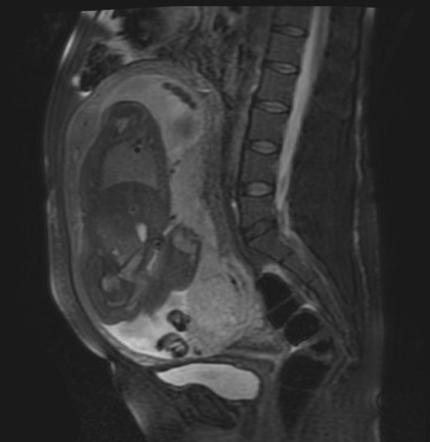
Placenta Previa Radiology Reference Article Radiopaedia Org
Placenta Previa のギャラリー

Minimizing Surgical Blood Loss At Cesarean Hysterectomy For Placenta Previa With Evidence Of Placenta Increta Or Placenta Percreta The State Of Play In American Journal Of Obstetrics Gynecology
Q Tbn And9gcs Lpnixbqbwqkdptmsz3nbl Dc4lvdu2 Fififjohobjeia6x7 Usqp Cau

Placenta Previa

Amazon Com Posterazzi Glplarge Poster Print Collection Pregnancy Complication Placenta Previa Poster Print By Trifocal Communications Stock Trek Images 11 X 17 Multicolored Posters Prints
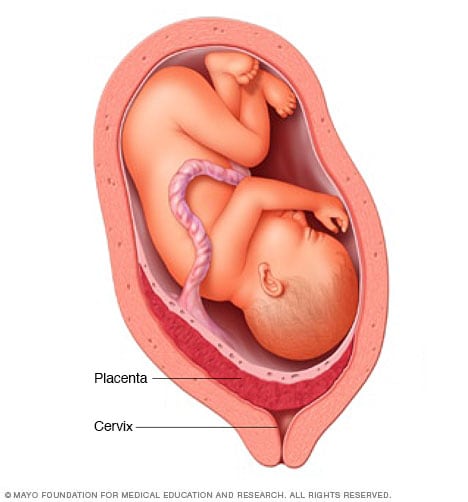
Placenta Previa Sintomas Y Causas Mayo Clinic

Medicina Placenta Previa

Placenta Previa Complications Symptoms And Treatment

Placenta Previa Mantenerla Bajo Control Mi Bebe Y Yo

Placenta Previa Que Es
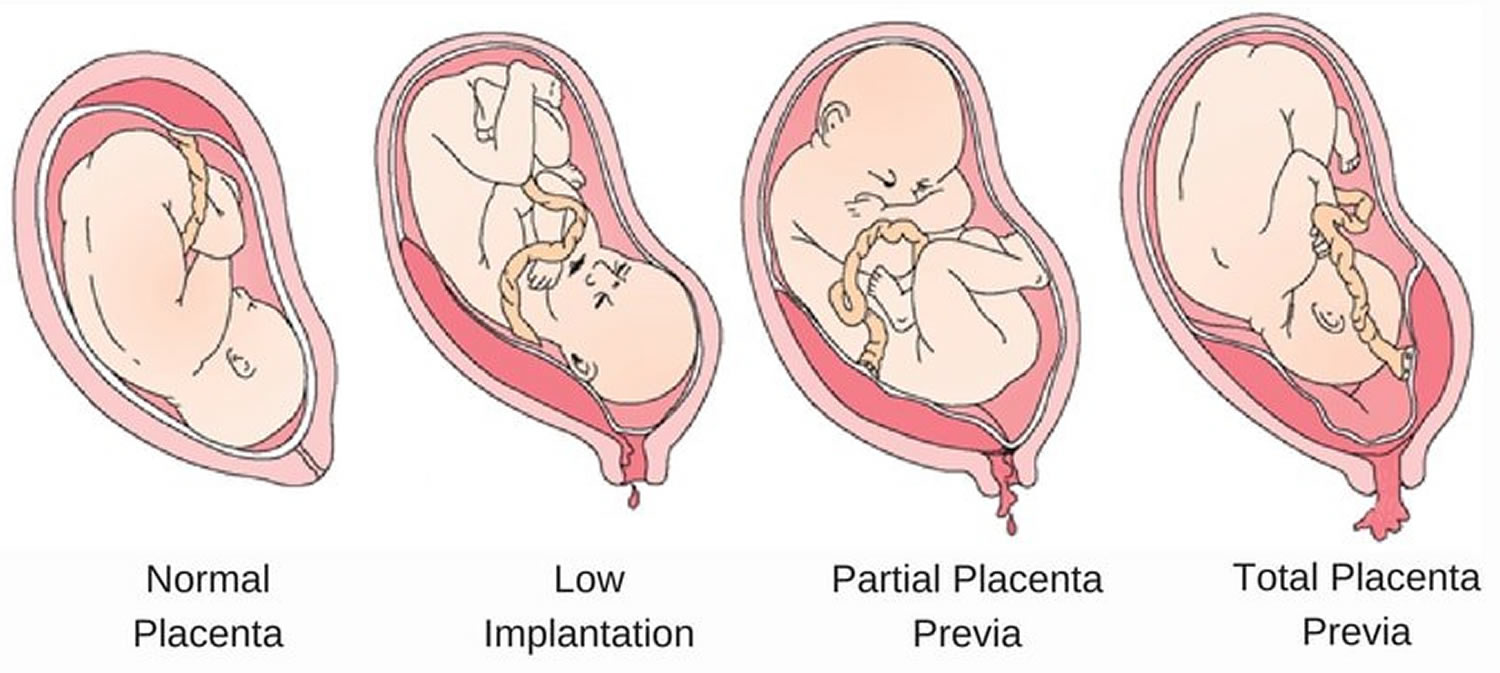
Placenta Previa Causes Signs Symptoms Treatment

Types And Localizations Of Placenta Previa Download Scientific Diagram
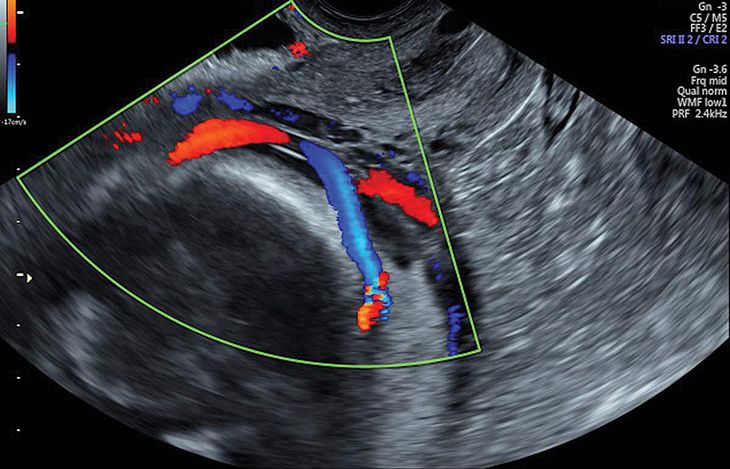
Placenta Previa Practical Approach To Sonographic Evaluation And Management Contemporary Ob Gyn
Placenta Previa Cancer Care Of Western New York

Placenta Previa Embarazo Babysitio
Q Tbn And9gctxasuqvkrkodyqvcfaphth3yy7ikynl Ko3zhwuqfulu9d6p57 Usqp Cau

Types Of Placenta Previa And How Risky Each Of Them Is

Que Es La Placenta Previa Sintomas Y Riesgos Madres Hoy

Factores De Riesgo Para Placenta Previa Que Inciden En Gestantes Y Su Proceso De Atencion De Enfermeria Ocronos Editorial Cientifico Tecnica

Major Or Minor Placenta Previa Does It Make A Difference Sciencedirect
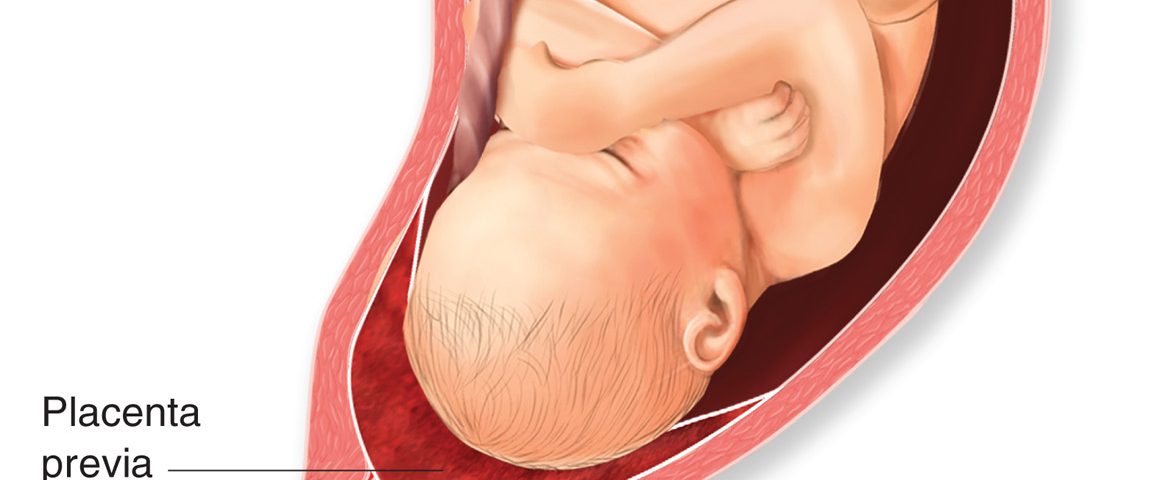
Placenta Previa Low Placenta During Pregnancy Best Gynaecologist In Trivandrum
Q Tbn And9gctuqe8nnyzi2u1n3ed8kvrdbzhlrv0k6nszsdtqwh3hftxy T Usqp Cau
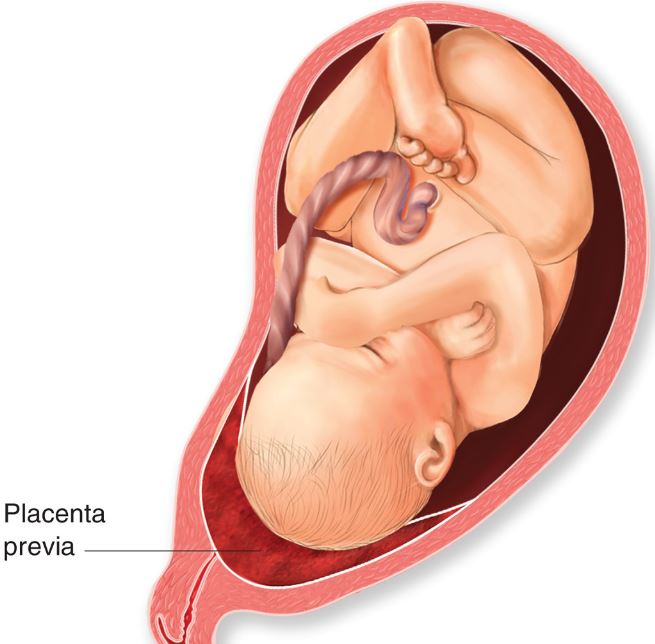
Placenta Previa Sintomas Tipos Y Tratamiento

Pdf Etiology And Risk Factors For Placenta Previa An Overview And Meta Analysis Of Observational Studies

Embarazo Con Placenta Previa Posts Facebook

I Have Been Diagnosed With Placenta Previa Will I Need A Caesarean Nabta Health

Pin On Nursing School

Vasa Praevia Wikipedia

Stockfoto Total Placenta Previa And Normal Pregnancy I

Proceso De Atencion De Enfermeria En Gestantes Con Placenta Previa Y Sus Complicaciones Materno Fetales Ocronos Editorial Cientifico Tecnica

Placenta Previa Causas Sintomas Y Tratamiento
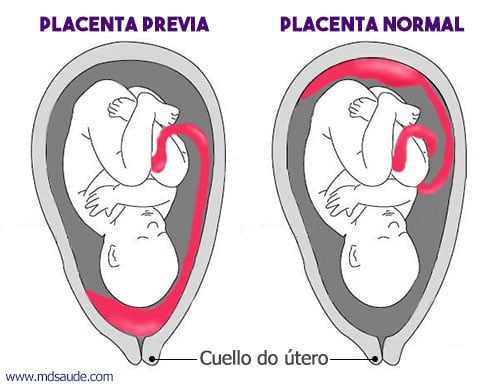
Placenta Previa Causas Sintomas Y Tratamiento Md Saude

Embarazo Gemelar Con Placenta Previa
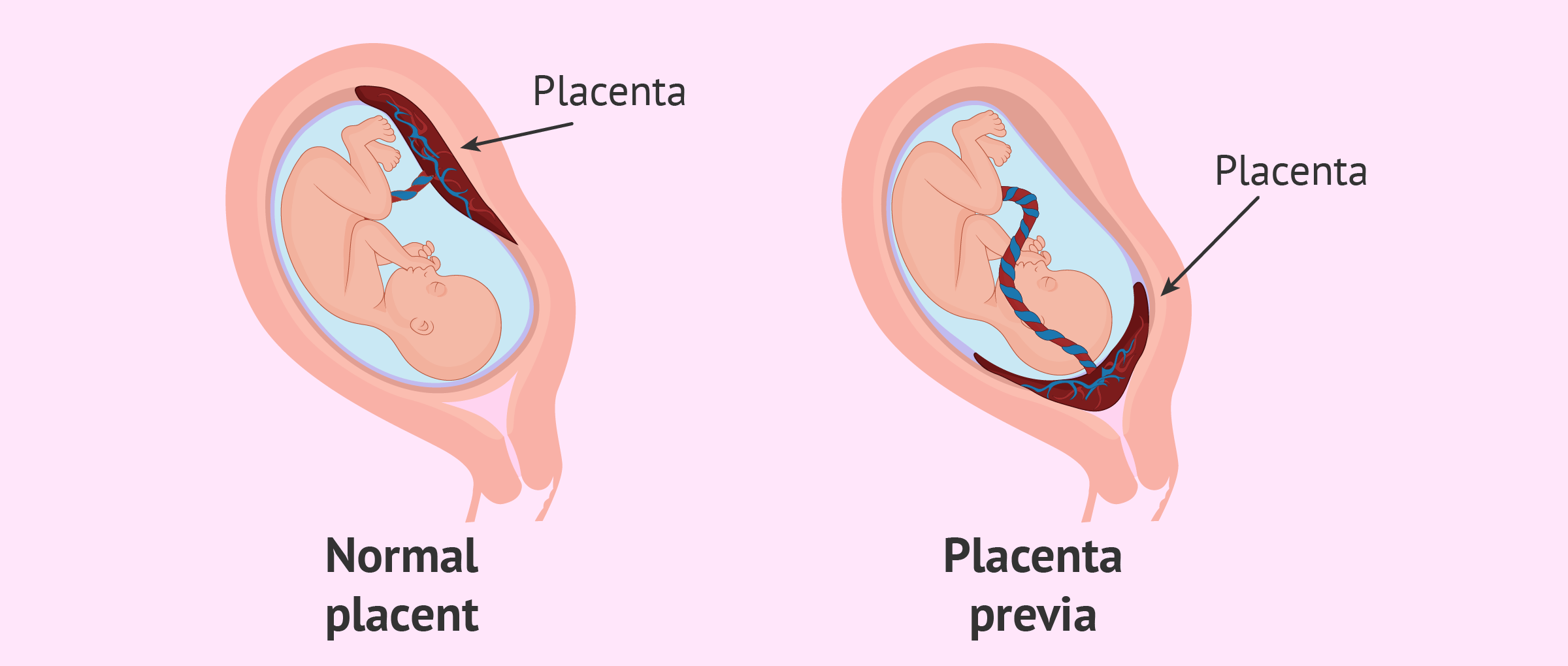
Placenta Previa In Twin Pregnancy

Major Or Minor Placenta Previa Does It Make A Difference Sciencedirect

Universidad Ciencia Y Sociedad Placenta Previa

F U Of Placenta Previa Low Lying Placenta On 18 To 22 Week U S Uptodate

Que Es La Placenta Previa

Placenta Previa Mri As An Adjunct To Ultrasound In Assessment Of Suspected Placental Invasion Sciencedirect
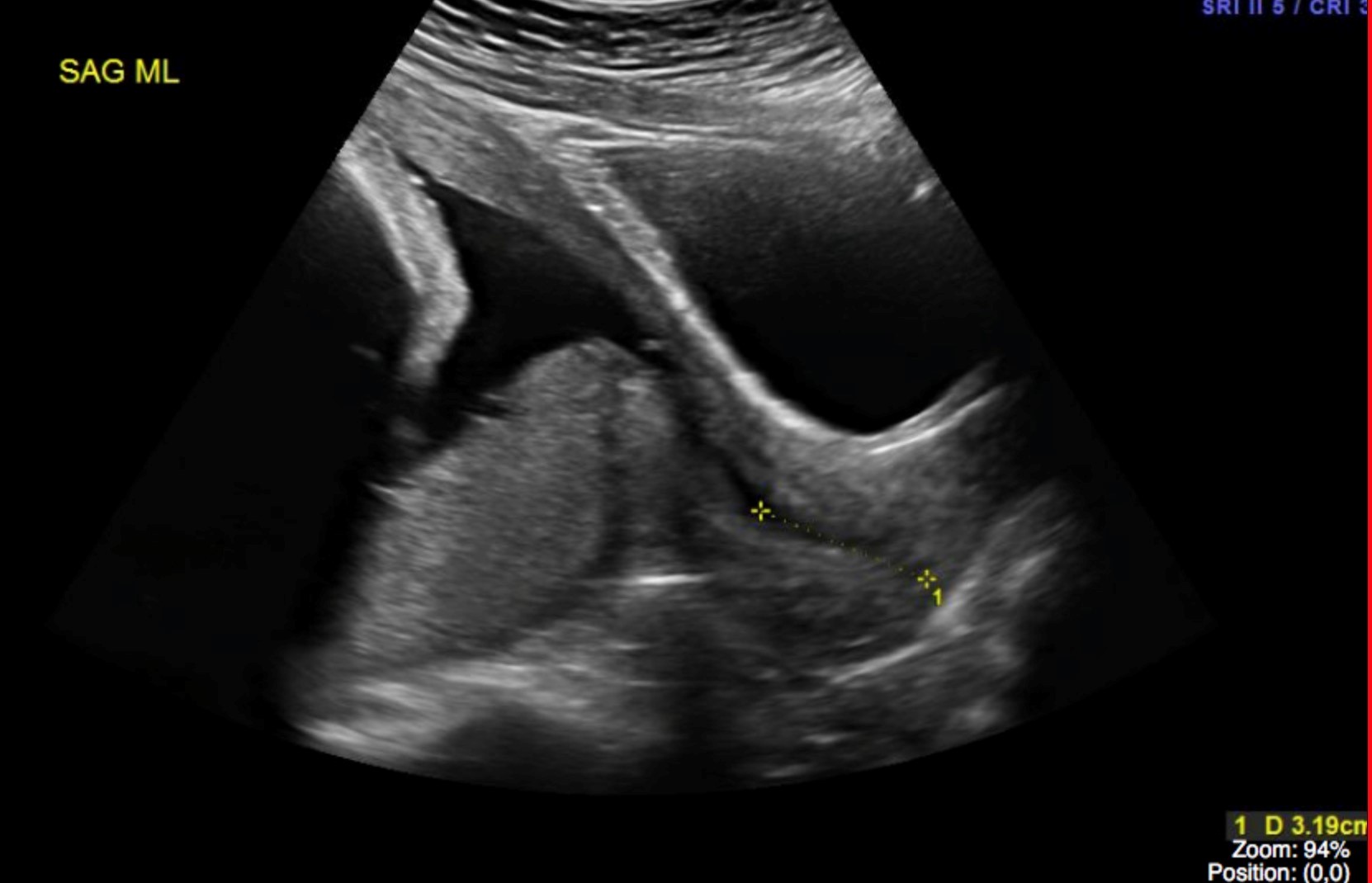
11 4 Placenta Previa Medicine Libretexts

Placenta Previa Teen Pregnancy

File Placenta Previa En Svg Wikimedia Commons

Placenta Previa Que Es

Que Es La Placenta Previa

Placenta Previa En El Primer Trimestre Tips De Madre
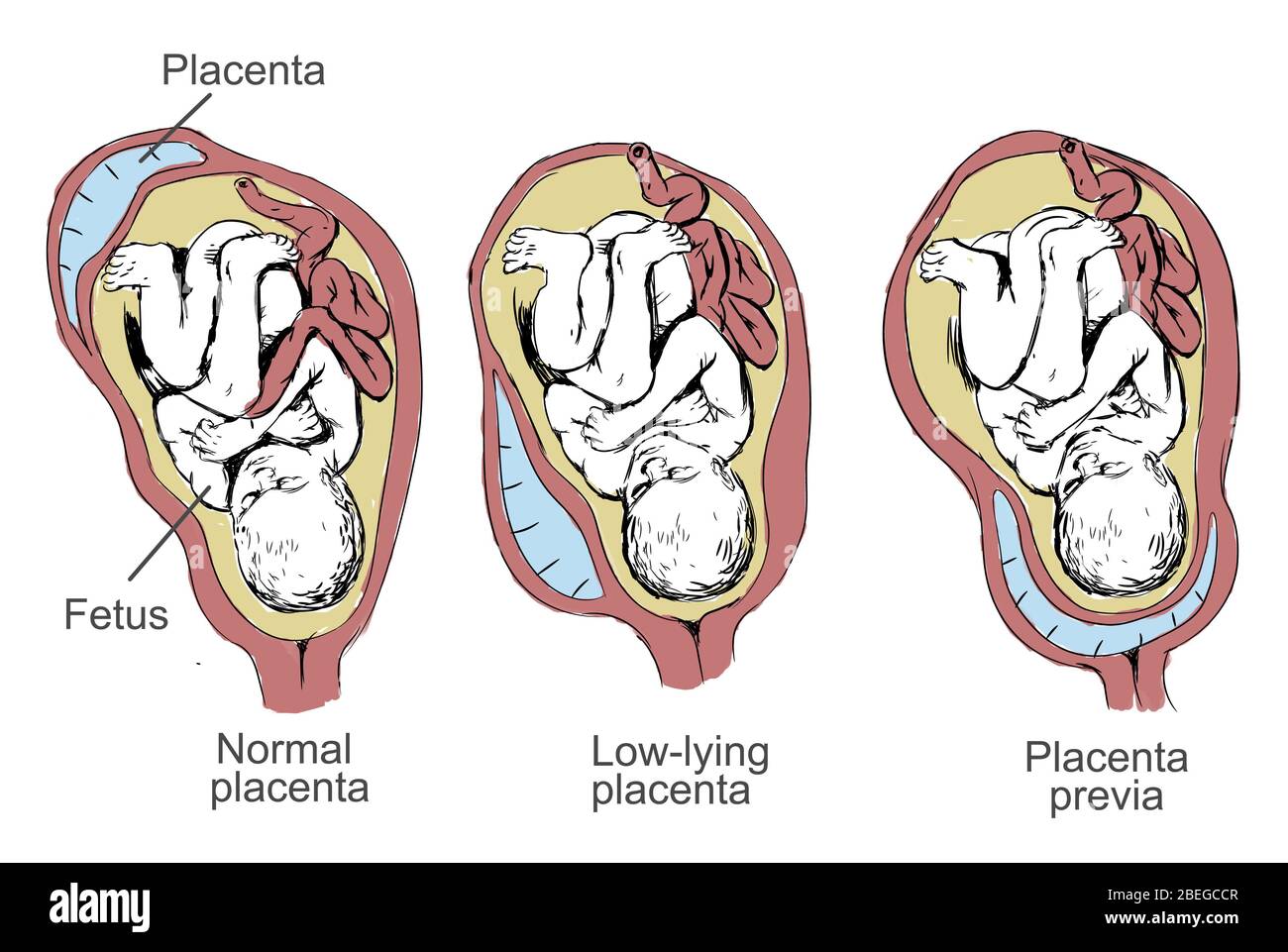
Placenta Previa Illustration Stock Photo Alamy
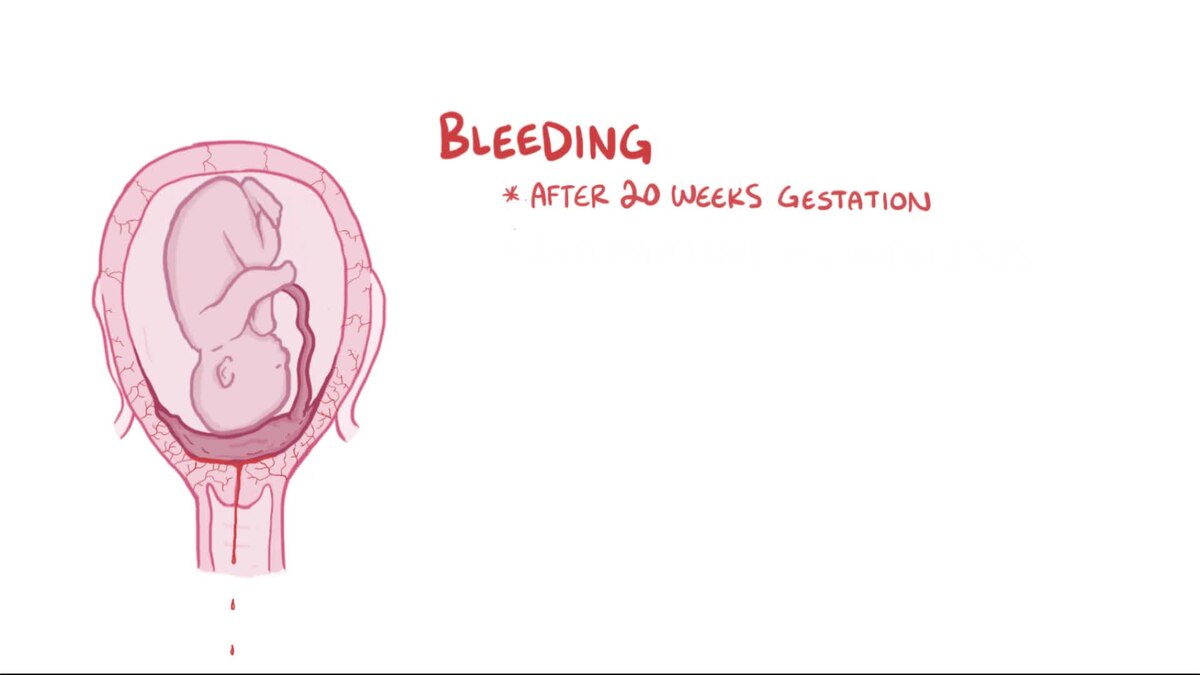
File Placenta Previa Webm Wikimedia Commons

Rosh Review Neonatal Nurse Nursing Study Newborn Nursing

Placenta Previa Can I Still Have A Natural Birth Mama Natural

Problemas Derivados De La Insercion Anomala De La Placenta La Placenta Previa Matronas Y Tu

Placenta Previa Youtube
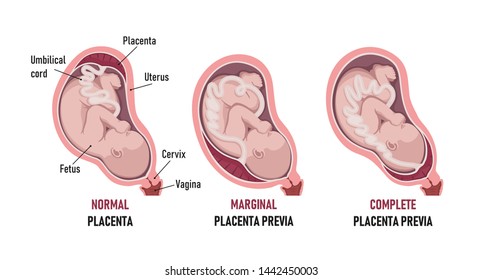
Placenta Previa Images Stock Photos Vectors Shutterstock

Placenta Previa Bleeding In Pregnancy Being The Parent
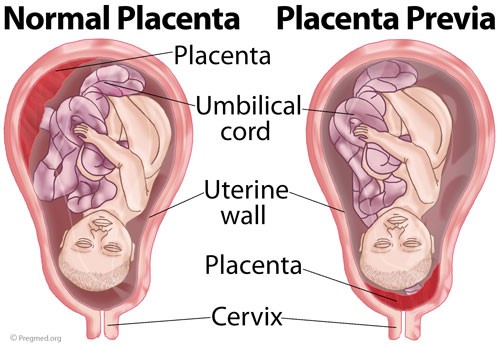
Servicio De Ginecologia Y Obstetricia Del Hospital Clinico De Valencia Placenta Previa Clinica En El Parto Y Conducta
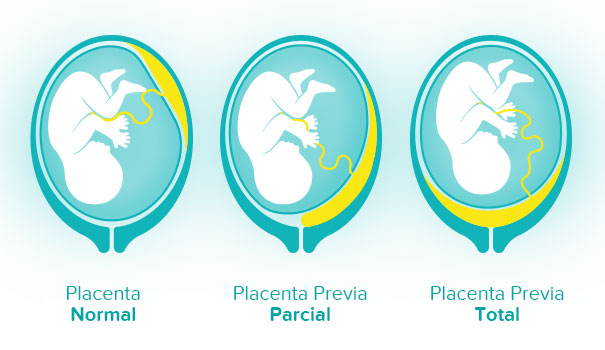
Placenta Previa Que Es Y Que Puedes Hacer Pampers Ar

Placenta Previa Symptoms Possible Complications And Risk Factors Babycenter

Placenta Previa Salud Femenina Manual Msd Version Para Publico General
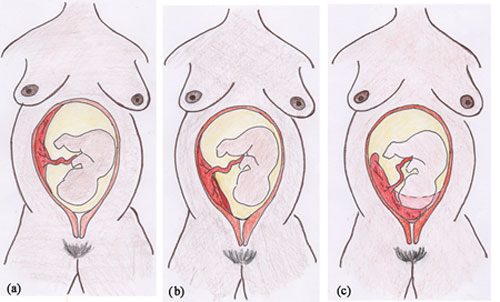
Olcreate Heat Anc Et 1 0 Antenatal Care Module 21 Late Pregnancy Bleeding 21 3 Placenta Previa

Placenta Previa Obstetrical Complications Due To Pregnancy Williams Manual Of Pregnancy Complications 23 Ed

Placenta Previa Can You Still Have A Natural Birth Youtube

Placenta Baja O Previa Riesgos Y Formas De Tratarla
:max_bytes(150000):strip_icc()/Fotosearch_COG12028-56a76a273df78cf77295bef4.jpg)
Placenta Previa Definition Symptoms Traits Causes Treatment

Placenta Previa Causas Sintomas Y Tratamiento Embarazo10 Com

Placenta Previa Symptoms Causes Treatment Bgnyan Com
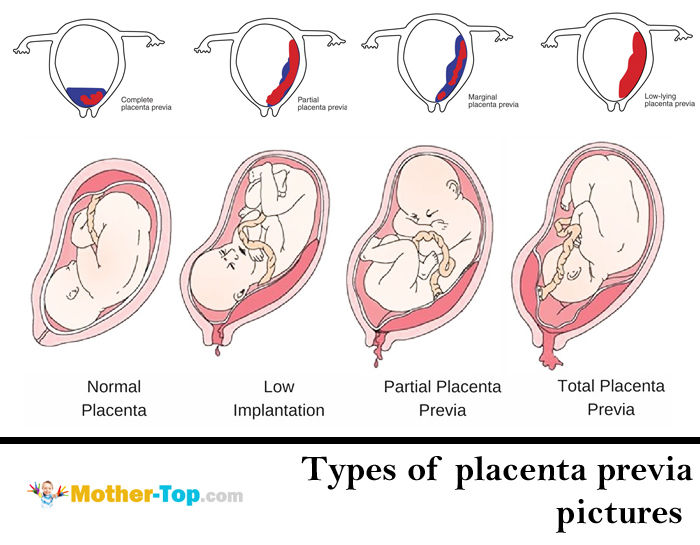
Placenta Previa Mapa Mental

Placenta Previa

Pin On Sonografia
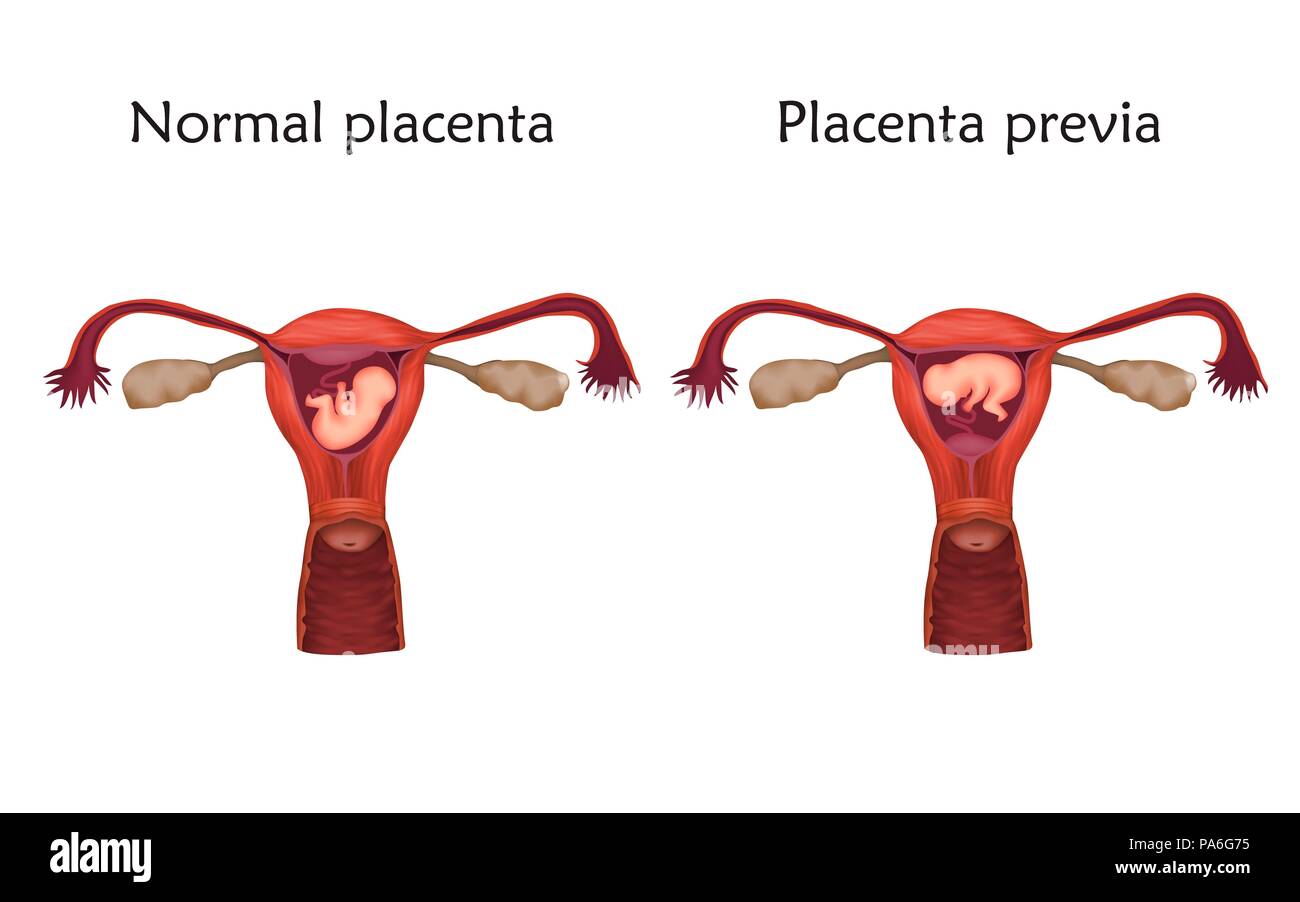
Placenta Previa And Normal Pregnancy Comparison Illustration In Placenta Previa The Placenta Covers The Cervical Opening Stock Photo Alamy
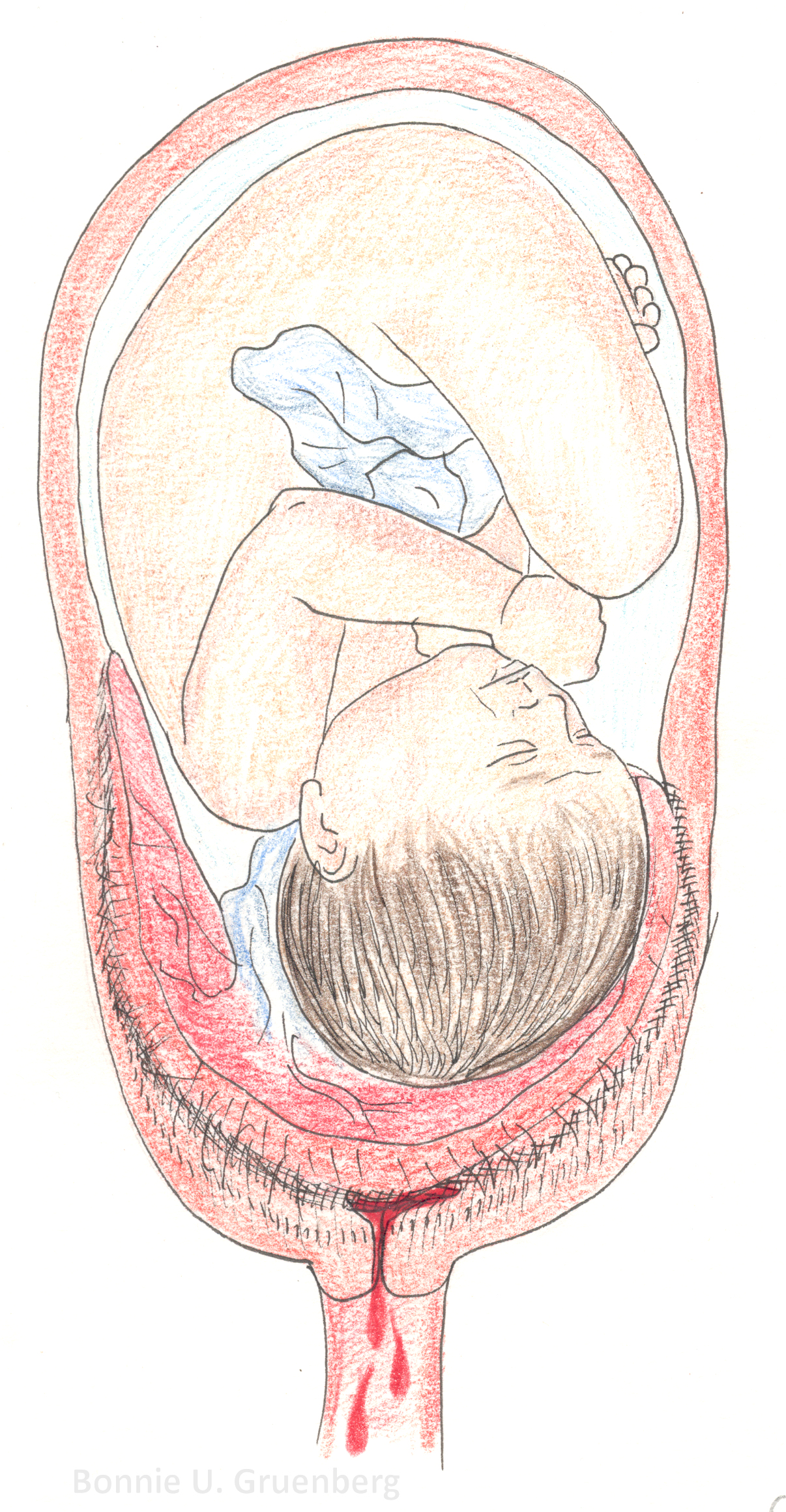
File Placenta Previa With Hemorrhage Jpg Wikimedia Commons

Types Of Placenta Previa Illustration John Yanson Oyelese Placenta Download Scientific Diagram
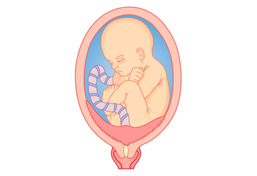
Sintomas De Placenta Previa Y Desprendimiento Prematuro De
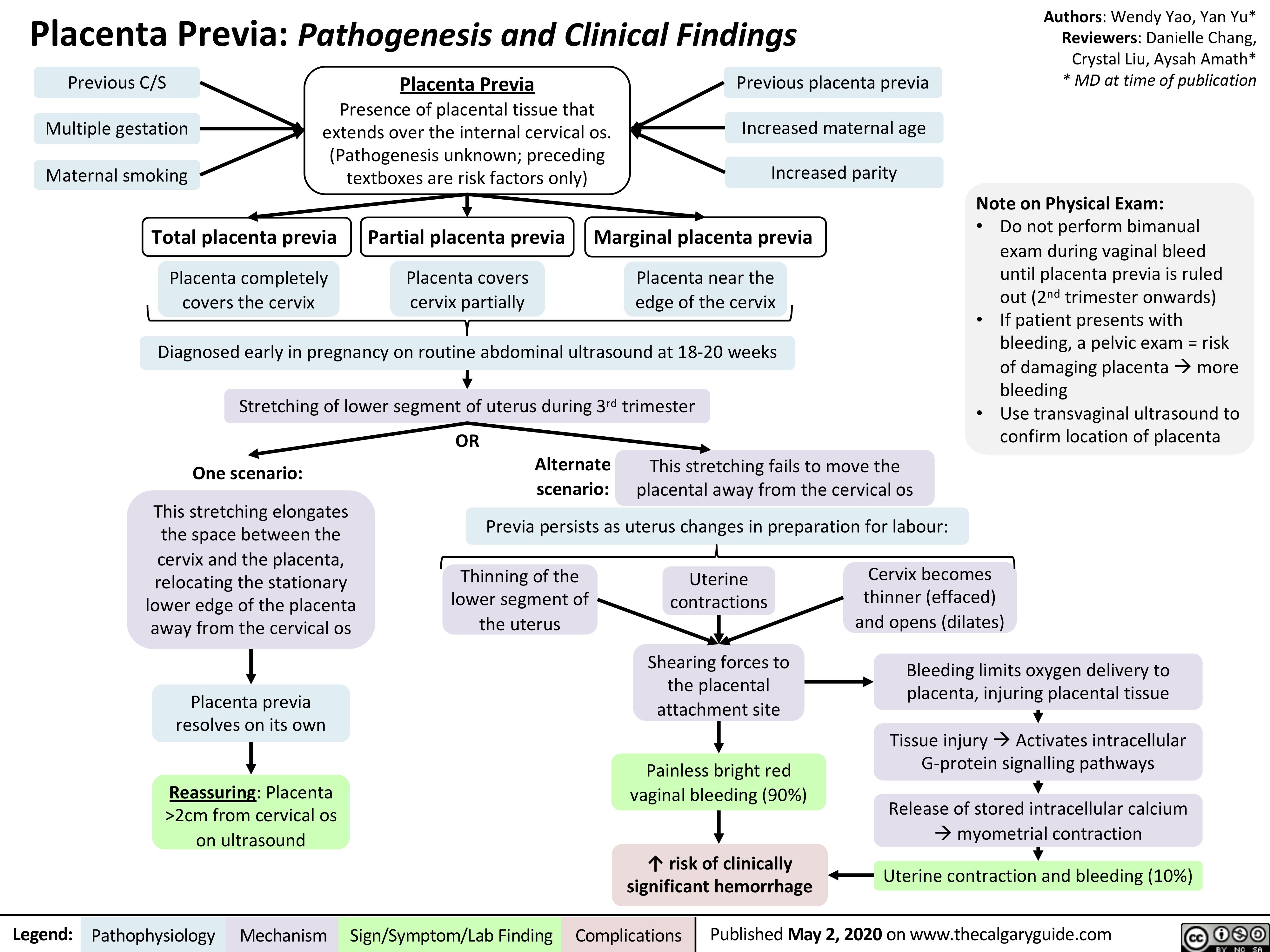
Placenta Previa Pathogenesis And Clinical Findings Calgary Guide
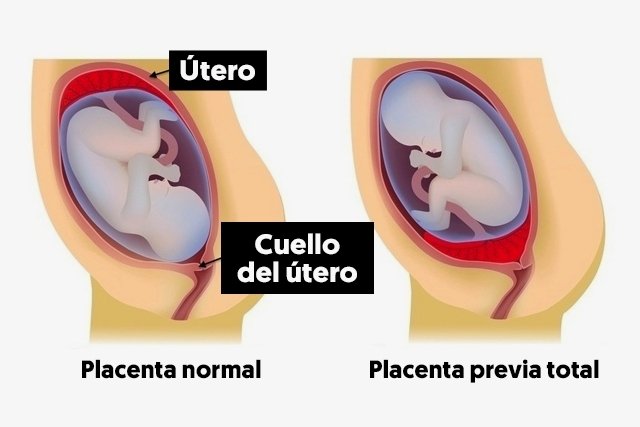
Placenta Previa Que Es Sintomas Tratamiento Y Riesgos Tua Saude
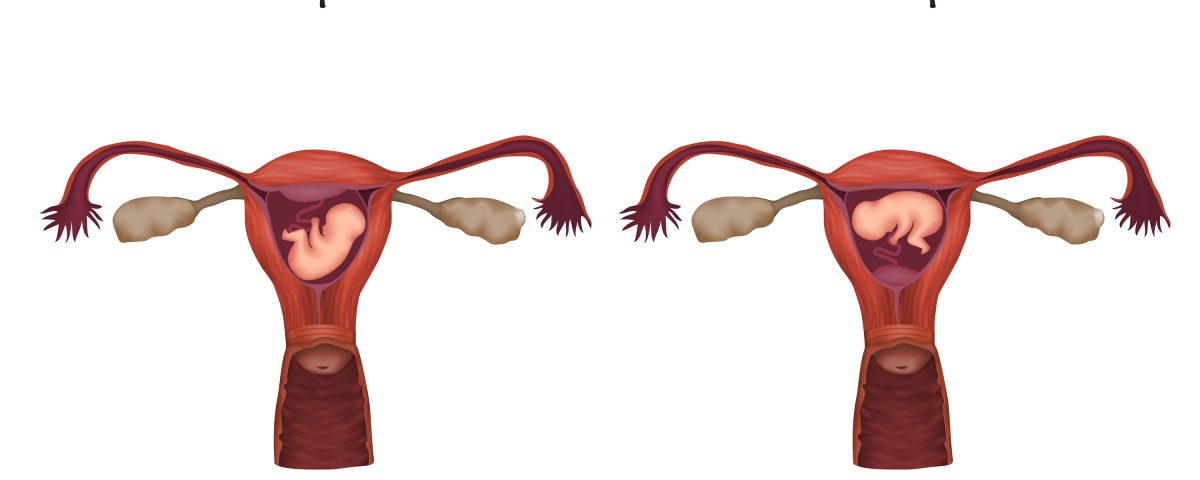
What Is Placenta Previa Miami Center Of Excellence Dr Randy Fink Miami Obgyns
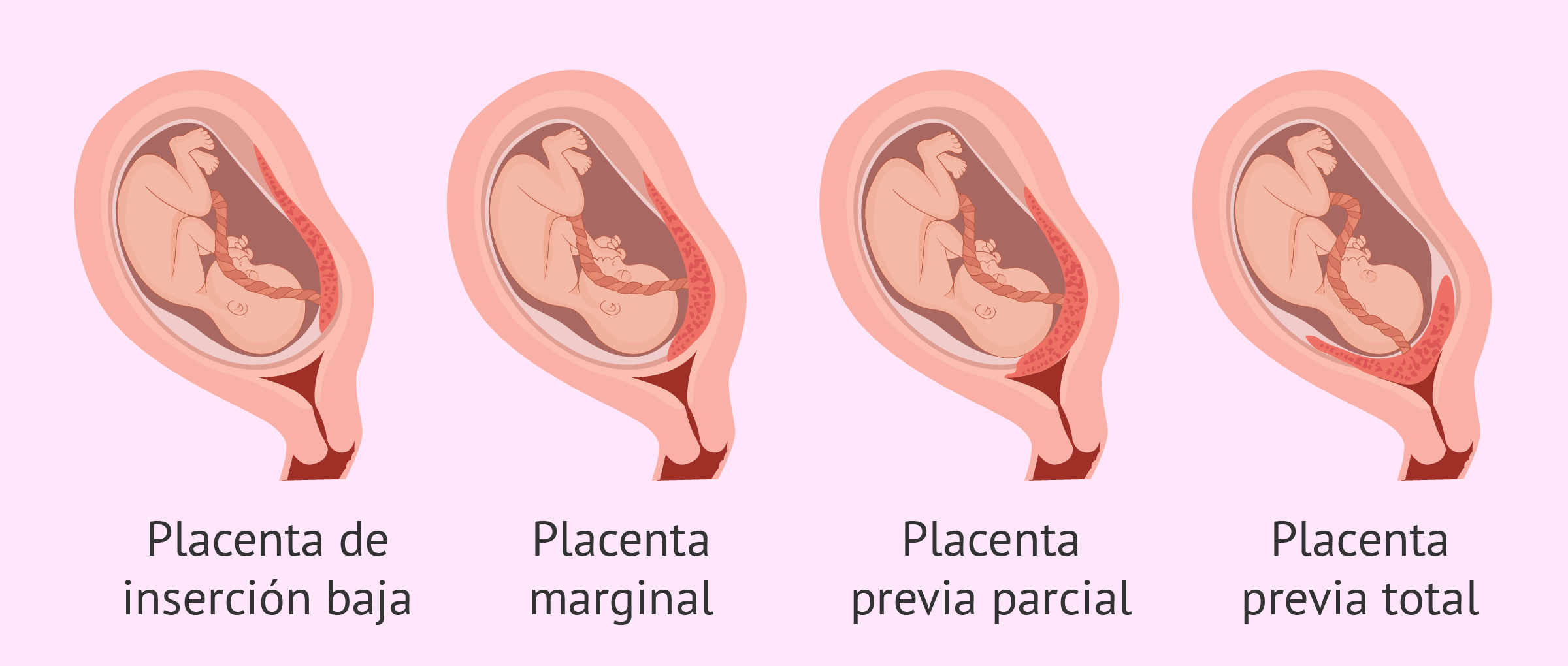
Que Es La Placenta Previa Causas Diagnostico Y Parto

Placenta Praevia Wikipedia
Q Tbn And9gcrtaxy Ufrhjmzcizkpq4uvk33r1wid4hcsg6r35bylli31 Jwj Usqp Cau

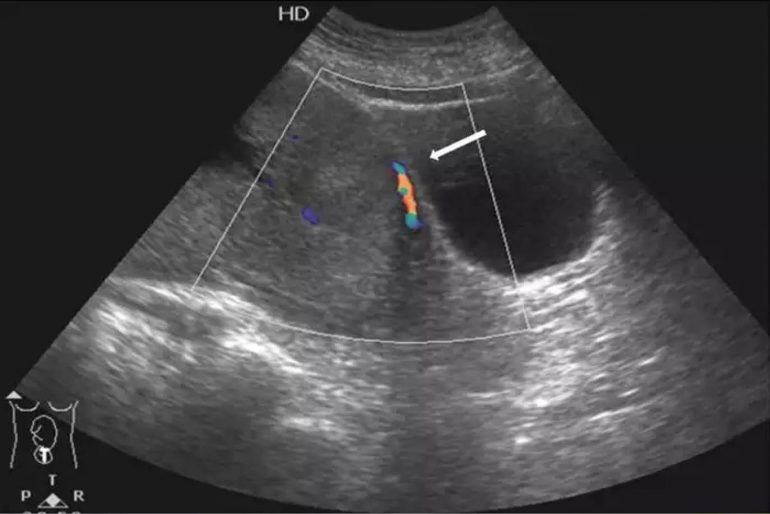
Placenta Previa Clasificacion Ultrasonografica

Placenta Previa Taming The Sru

Placenta Previa Que Es Sintomas Y Riesgos Embarazo

Parentrip Pregnancy Pregnancy Concerns Placenta Previa
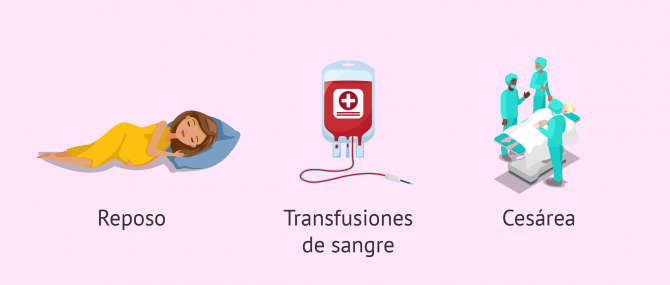
Que Es La Placenta Previa Causas Diagnostico Y Parto

Placenta Previa Medlineplus Medical Encyclopedia Image

What Is Placenta Previa Babymed Com
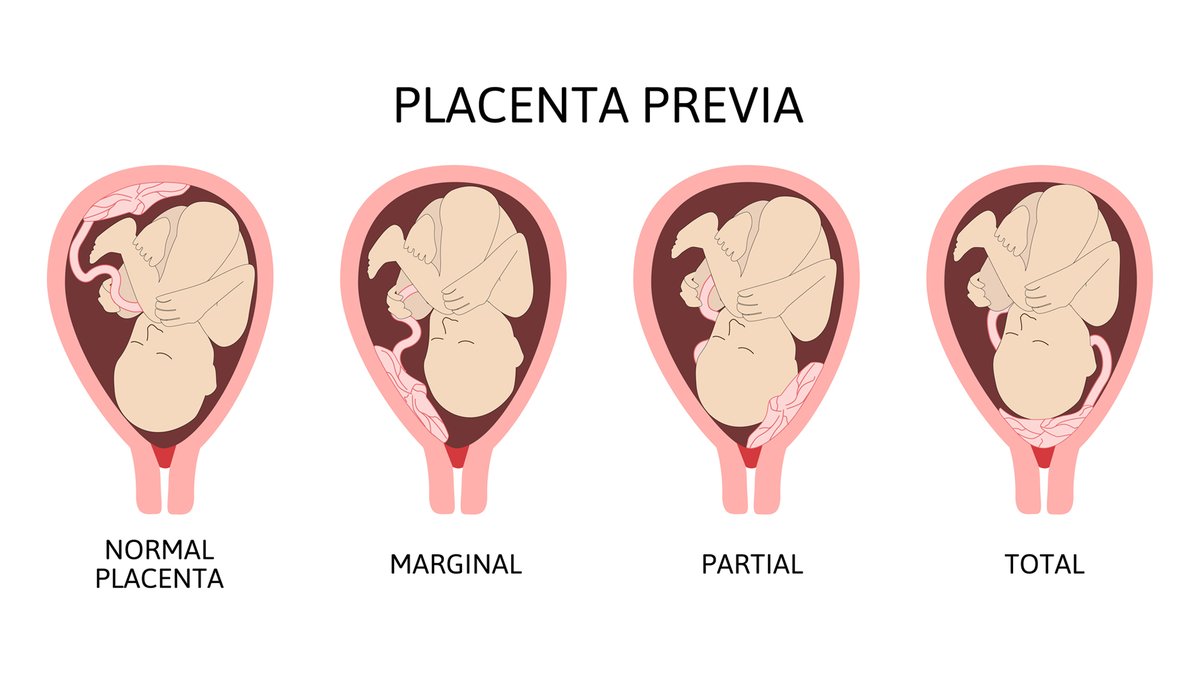
Sogc Placenta Previa Occurs In 4 To 5 Of 1000 Pregnancies Review The Diagnosis And Management Of Placenta Previa Guideline Here T Co Vdbuskvkx6 T Co Lc3yg6rmxg

Placenta Previa Nursing Care Plan And Management

Placenta Previa Placenta Acreta Anormalidades En La Implantacion De La Placenta Placenta Percreta Youtube

Placenta Previa Better Health Channel
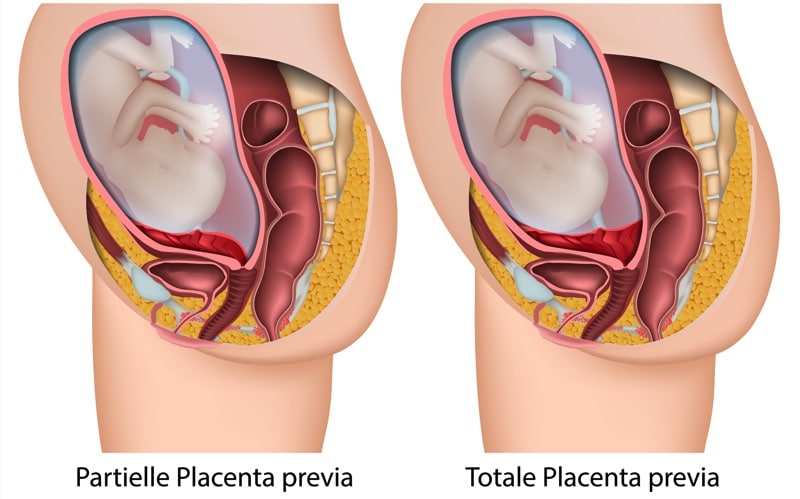
What Is Placenta Previa

Placenta Previa Obstetrics Medbullets Step 2 3

Placenta Previa Complications Signs Causes And Effects On Baby

Placenta Previa Riesgo De Muerte

File Placenta Previa Png Wikimedia Commons

Placenta Previa Gyo
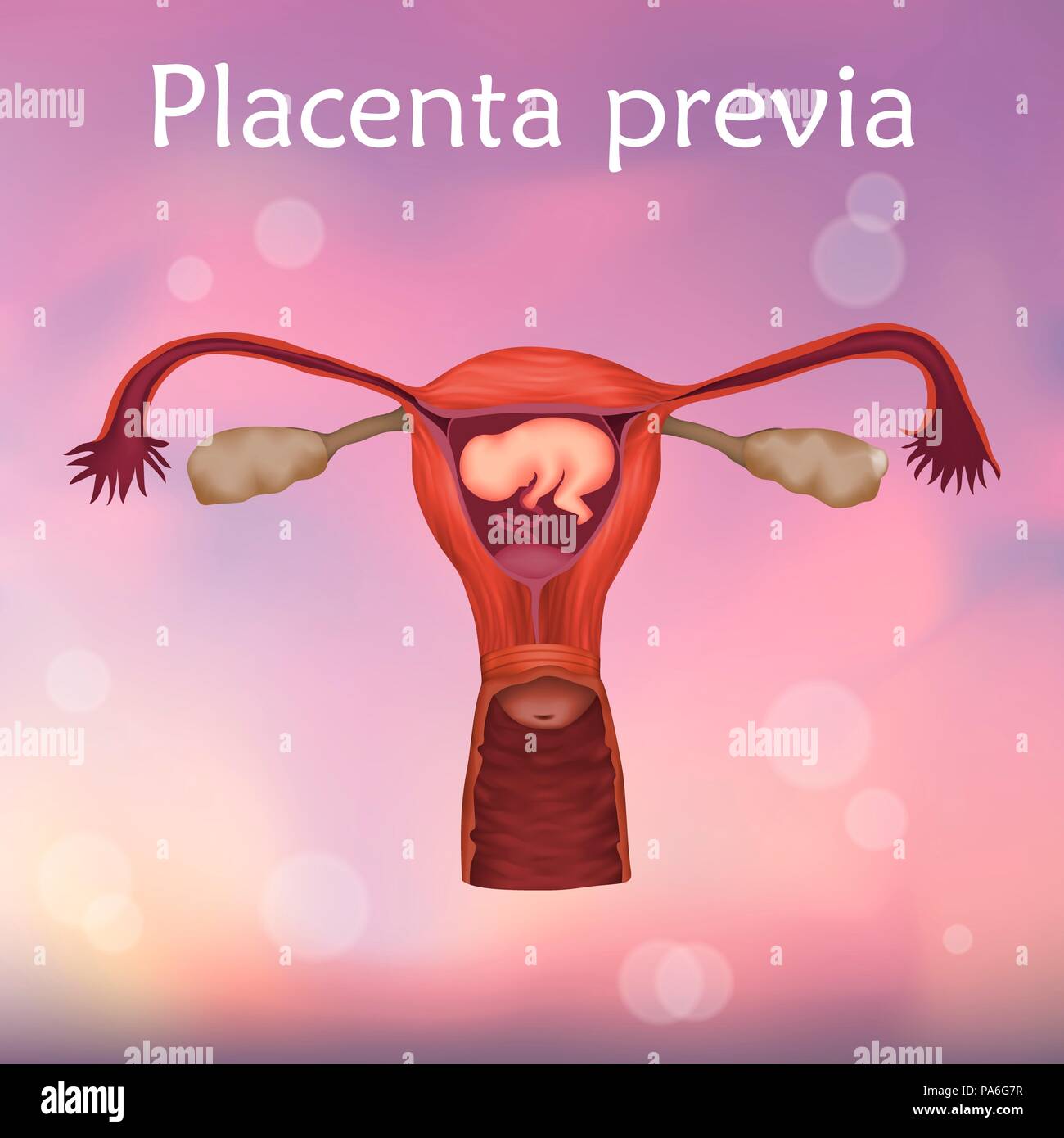
Placenta Previa Illustration This Is A Condition Where The Placenta Covers The Cervical Opening Stock Photo Alamy
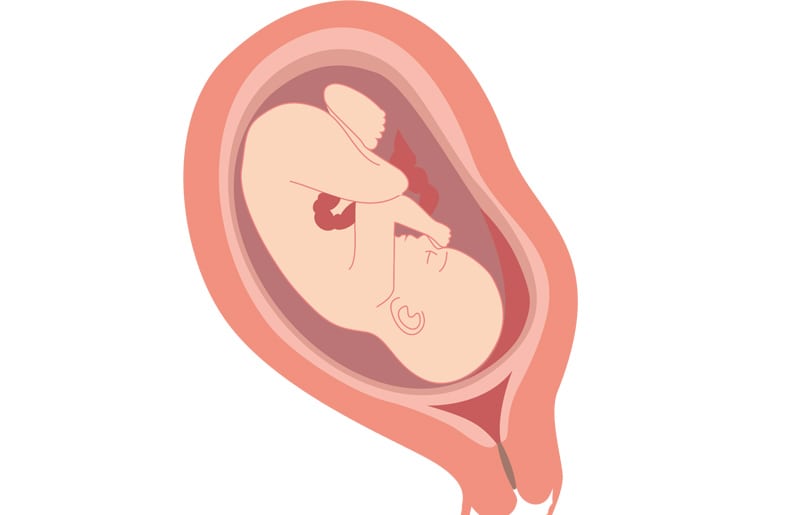
Que Es La Placenta Previa
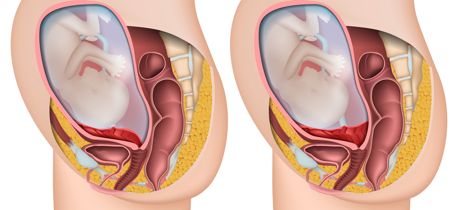
Placenta Previa

Placenta Praevia Diagnosis And Management British Journal Of Midwifery

Placenta Previa

Placenta Previa Clinical Gate

Placenta Previa Theories Types Co Plications Management And Treatment The Science Notes




